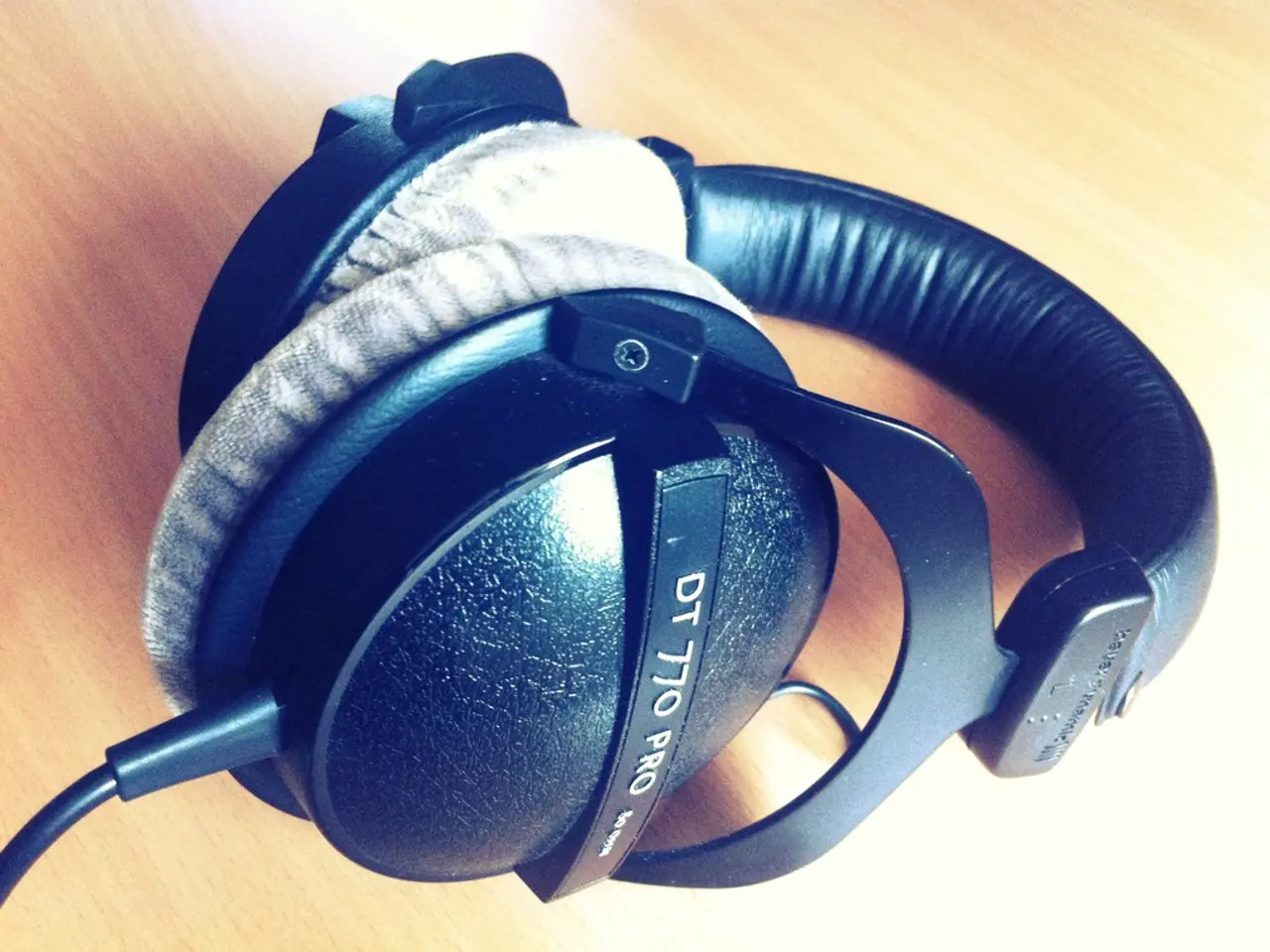Research Uncovers Brain Pathway Connecting Verbal Communication and Auditory Imagery Hallucinations
In a groundbreaking discovery, a team of researchers led by Ingrid R. Olson, Daniel H. Mathalon, and Judith M. Ford have identified a crucial brain circuit responsible for distinguishing self-produced sounds from external ones. This finding, published in the Proceedings of the National Academy of Sciences, represents a significant step forward in understanding the neural mechanisms underlying speech and hearing in individuals with schizophrenia.
The study meticulously mapped the brain's ability to tune out irrelevant sounds while staying alert. Electrodes were placed in specific brain regions to capture intricate electrical patterns during tasks. The researchers discovered that the pathway for these electrical signals begins in the motor cortex's ventral area and ends in the auditory cortex's superior temporal gyrus.
This finding highlights the importance of precise neural signaling for maintaining perceptual clarity in a noisy world, particularly in the context of schizophrenia. The researchers believe that understanding how this circuit functions and malfunctions could lead to targeted interventions for managing symptoms like hallucinations in individuals with schizophrenia.
New technologies could one day monitor and modulate these circuits to help manage symptoms, while future research plans include testing whether this circuit is active immediately before hallucinations occur. The study's insights extend to potential therapeutic applications for individuals with schizophrenia and other disorders involving auditory processing.
The ability to separate self-produced sounds from external auditory input is thought to have deep evolutionary roots. This study provides a direct link between motor and auditory cortices, resolving a long-standing puzzle in neuroscience.
The research was conducted with participants undergoing surgical procedures for epilepsy management, and over 3,200 recordings were completed. The findings underscore the potential for these efforts to pave the way for novel diagnostic tools and therapeutic strategies for auditory processing disorders.
The study's findings also have implications beyond schizophrenia, as they could lead to a better understanding of normal auditory processing and speech perception. The team hopes to collaborate with psychiatrists to explore noninvasive ways to monitor and treat disruptions in these pathways. This collaboration could bring us one step closer to a world where individuals with auditory processing disorders can live more normal, less chaotic lives.
Read also:
- Inadequate supply of accessible housing overlooks London's disabled community
- Strange discovery in EU: Rabbits found with unusual appendages resembling tentacles on their heads
- Duration of a Travelling Blood Clot: Time Scale Explained
- Fainting versus Seizures: Overlaps, Distinctions, and Proper Responses






